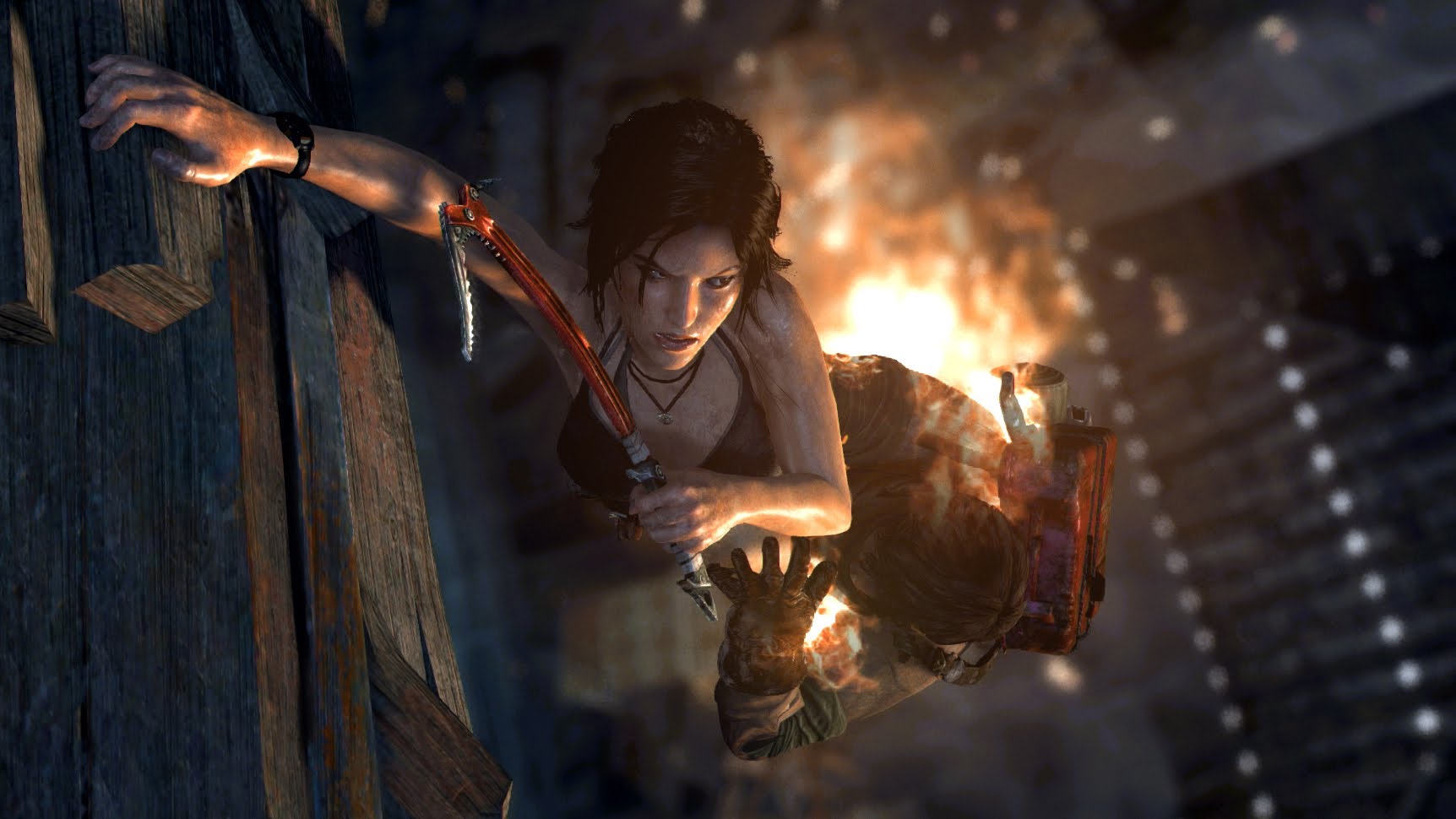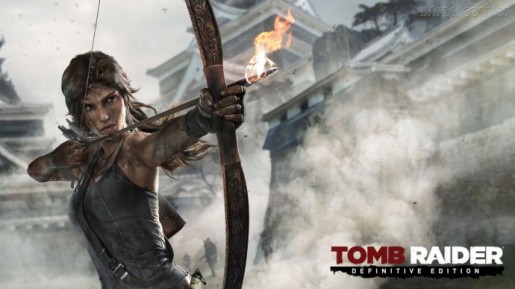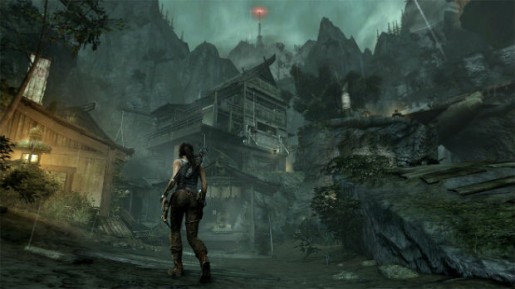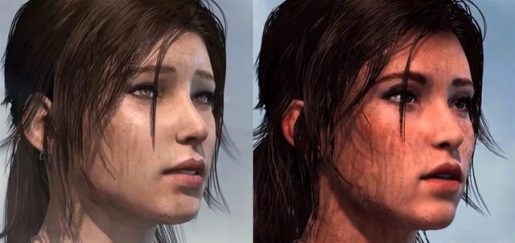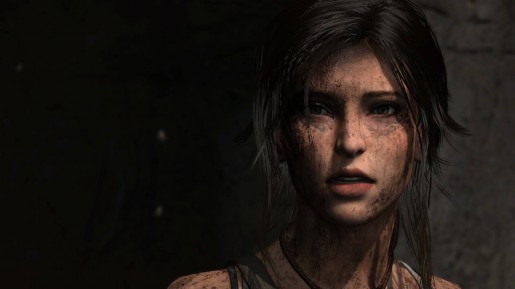Tomb Raider made its gaming debut in 1996 across multiple platforms, but grew to prominence on the Sony PlayStation. The series grew over time, leading to two major motion pictures starring Angelina Jolie. After a while, most of the Tomb Raider games began to fall in quality, and lost a good portion of the fan base. However, that interest was sparked once again when a reboot of the franchise was announced as coming from Crystal Dynamics and Square Enix.
We absolutely adored this game upon release, even naming it our favorite action adventure game of 2013, which was a pretty competitive category. As a result, we were extremely excited when Tomb Raider: Definitive Edition was announced at VGX 2013 last month for both Xbox One and PlayStation 4.
Considering it is the biggest addition to Tomb Raider: Definitive Edition, it seems like a good idea to talk about the graphical face lift that the game received first. The original release already looked gorgeous as is, from the character designs to the island itself. So what could be done to make it look even better? A complete rebuilding of the game from the ground up, rather than just a typical HD remaster, was a great start.
This was especially seen on the woman herself, Lara Croft. This new release increased the polygon count on Lara’s face, which allowed the character to be even more emotive than before. This is a major help in a game where we are meant to experience Lara Croft’s pain and growth first hand. Beyond just the polygon increase, there were multiple other additions to Lara herself, including perspiration when under duress, the ability of her skin and clothing to get wet, much improved mud and blood physics, and making her skin reactive to lighting effects. One of the controversies prior to release was the different frame rate between the Xbox One and PlayStation 4 versions, but I personally thought that the Xbox One version looked perfectly fine regardless.
Tomb Raider: The Definitive Edition features a strange bit of censorship, with a lesser presence of blood in some areas of the game. While it wasn’t a huge deal to me while playing, it is kind of a odd change from the original. Perhaps it had to do with the new blood mechanics to seem more realistic in this version, but it is odd that nothing was ever stated about this prior to release from the developer.
Perhaps I am a strange one, but honestly one of the most impressive elements of this game was the introduction of TressFX, something the PC version of the game already had. Over the years I’ve been playing games, I’ve always been greatly bugged by the lack of better technology for hair in games. Outside of pre-rendered sequences, such as in FMV sequences in the Final Fantasy franchise, hair has always been really stiff and unrealistic.

